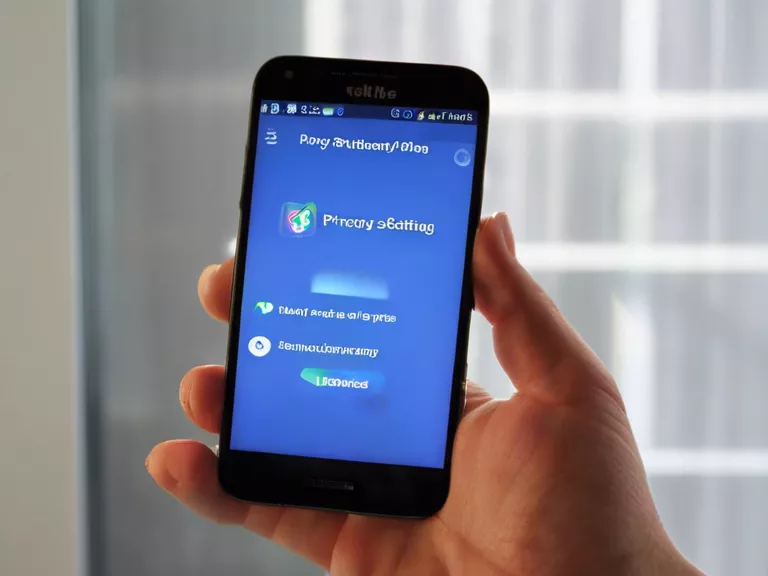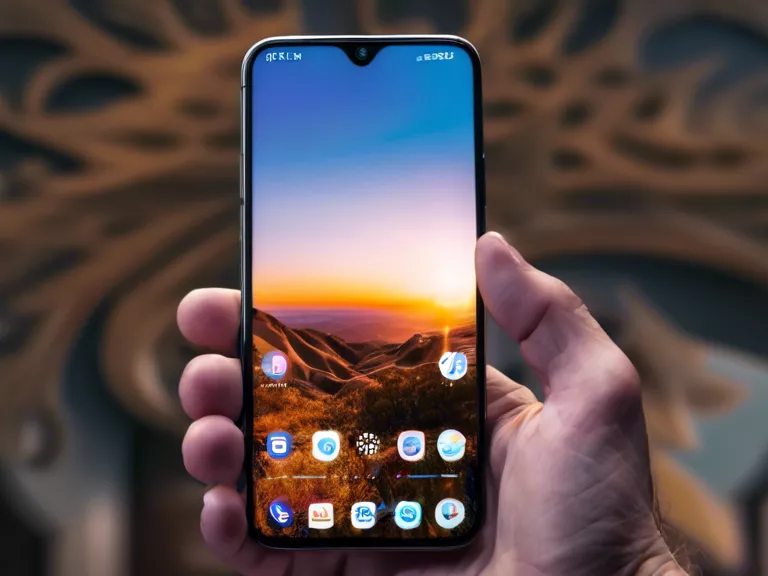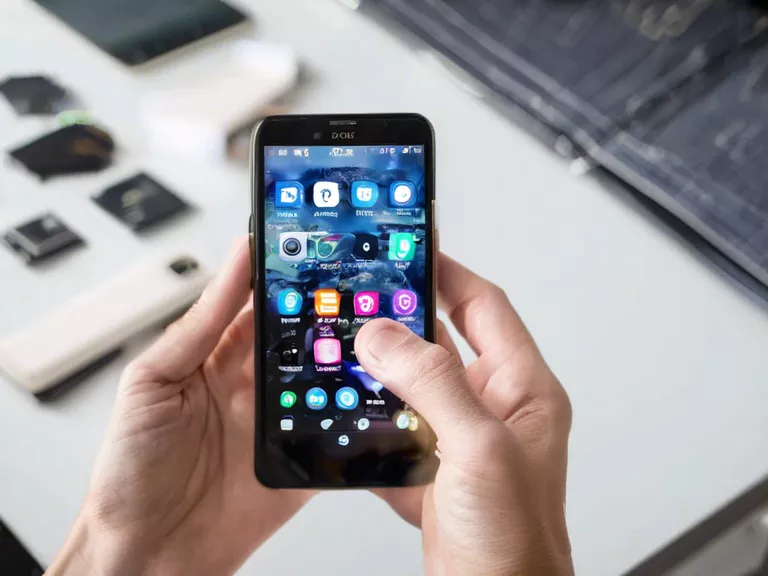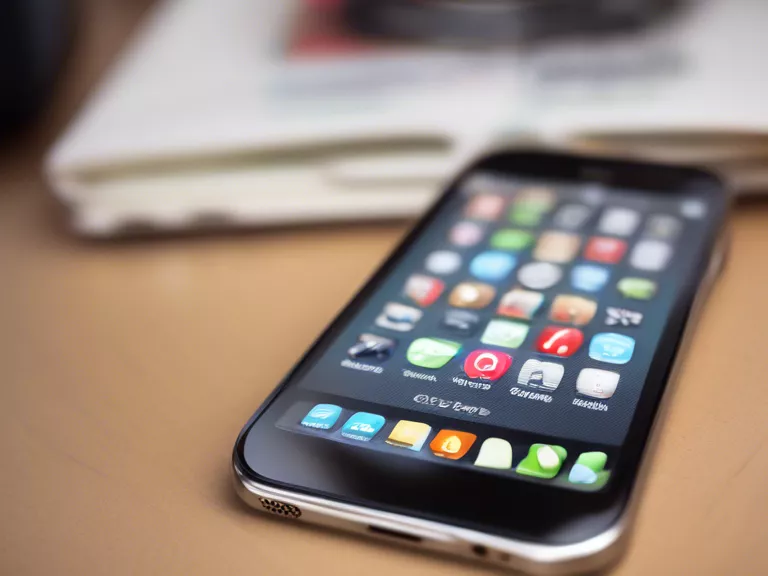
In today's digital age, privacy and security concerns are at an all-time high. With smartphones being an essential part of our daily lives, it's important to optimize your device's settings to protect your personal information. Here are some tips on how to enhance the privacy and security of your smartphone:
Lock Screen Security: Make sure to set up a strong passcode, PIN, pattern, or biometric authentication (such as fingerprint or face scan) to prevent unauthorized access to your phone. This is the first line of defense in protecting your data.
App Permissions: Review and customize the permissions granted to each app on your phone. Disable unnecessary permissions that may compromise your privacy, such as access to your camera, microphone, location, or contacts. Only grant permissions that are essential for the app to function properly.
Data Encryption: Enable encryption on your device to secure your data in case your phone is lost or stolen. This will ensure that your personal information is unreadable to anyone without the proper credentials.
Remote Tracking and Wiping: Set up remote tracking and wiping features on your phone. In case your device goes missing, you can track its location or remotely wipe all data to prevent unauthorized access.
Software Updates: Keep your phone's operating system and apps up to date with the latest security patches. Updates often include fixes for vulnerabilities that could be exploited by hackers to access your data.
By following these tips and customizing your smartphone settings, you can greatly enhance the privacy and security of your device. Stay vigilant and proactive in protecting your personal information in the digital world.



